Home>Articles>Why Is My Touchless Soap Dispenser Not Working?
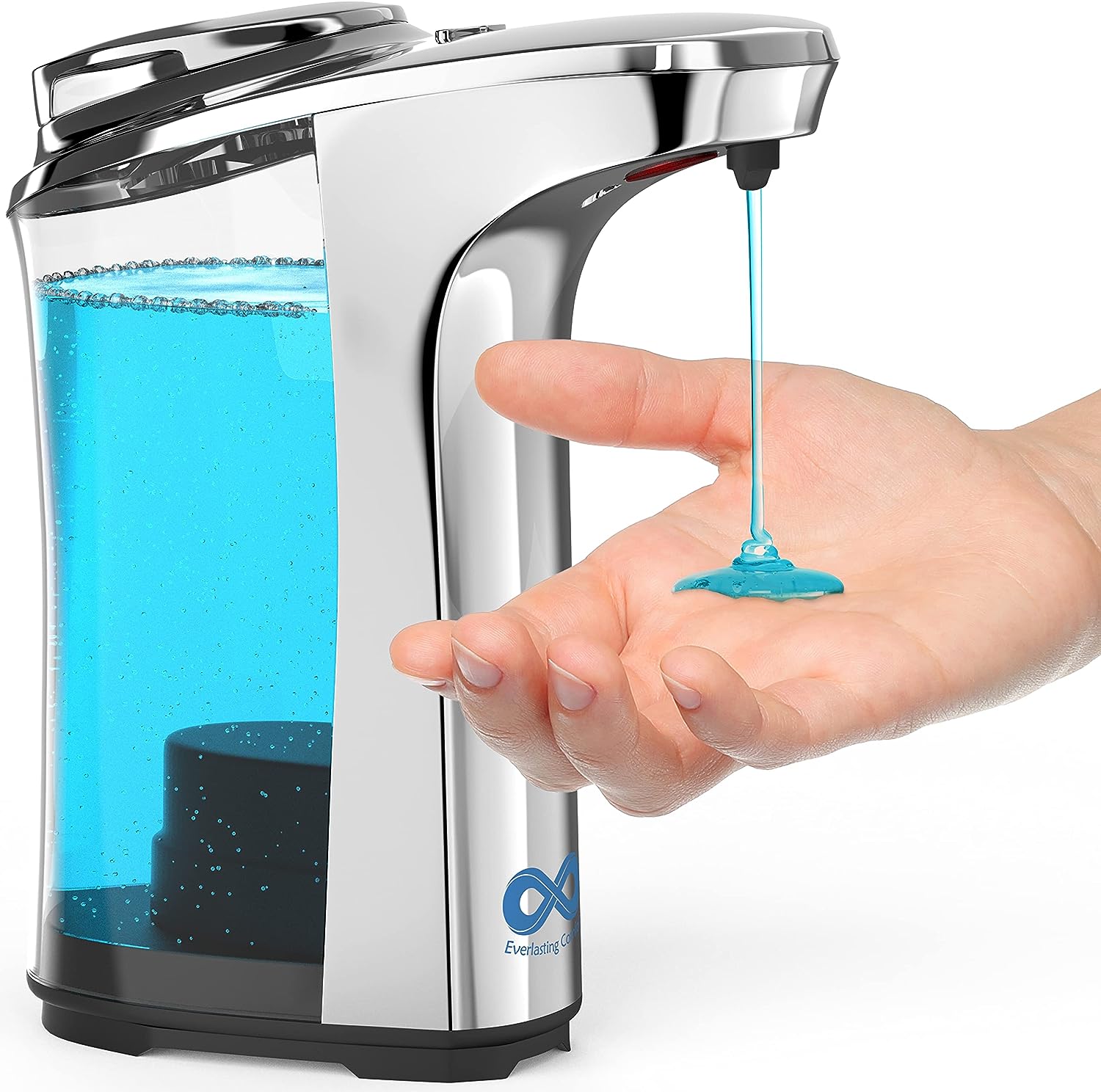

Articles
Why Is My Touchless Soap Dispenser Not Working?
Modified: January 6, 2024
Discover the possible reasons why your touchless soap dispenser is not working and find effective solutions. Read more articles on soap dispenser troubleshooting.
(Many of the links in this article redirect to a specific reviewed product. Your purchase of these products through affiliate links helps to generate commission for Storables.com, at no extra cost. Learn more)
Introduction
Touchless soap dispensers have become increasingly popular due to their convenience and hygienic benefits. These innovative devices use sensor technology to automatically dispense soap, eliminating the need for physical contact and reducing the spread of germs. However, like any electronic device, touchless soap dispensers can sometimes encounter issues and stop working properly.
In this article, we will explore the common problems that can cause a touchless soap dispenser to malfunction and provide solutions on how to fix them. By understanding these issues and knowing how to troubleshoot them, you will be able to make your touchless soap dispenser work smoothly again.
Key Takeaways:
- Regularly checking and replacing the batteries, cleaning the sensor area, and clearing soap buildup can help maintain the proper functionality of touchless soap dispensers, ensuring a seamless handwashing experience.
- Proper dispenser placement and troubleshooting circuitry issues are essential for resolving touchless soap dispenser malfunctions, promoting effective hand hygiene, and extending the dispenser’s lifespan.
Read more: Why Soap Dispenser Doesnt Work
Common Issues with Touchless Soap Dispensers
While touchless soap dispensers are designed to simplify handwashing and promote cleanliness, they may encounter a few common issues that can hinder their performance. Here are some of the most common problems you may encounter:
- Battery Issue: One of the most common reasons why touchless soap dispensers stop working is a depleted battery. When the batteries are low, the dispenser may not have enough power to activate the sensor and dispense soap.
- Sensor Blockage: If the sensor on the soap dispenser becomes blocked or dirty, it may not detect your hand’s presence and fail to dispense soap. Dust, debris, or even water droplets can obstruct the sensor and prevent it from functioning properly.
- Soap Buildup: Over time, soap residue can accumulate around the dispenser’s nozzle and sensor area. This buildup can interfere with the dispenser’s mechanism, causing it to clog or malfunction.
- Dispenser Placement: The placement of the soap dispenser is crucial for its optimal operation. If the dispenser is positioned too far away or too close to your hands, the sensor may have difficulty detecting your hand’s presence or may dispense an inadequate amount of soap.
- Malfunctioning Circuitry: In some cases, touchless soap dispensers may have internal circuitry issues that cause them to malfunction. These issues can range from faulty sensors to wiring problems, which require further troubleshooting and repair.
Now that we have identified these common problems, let’s delve into how to fix a touchless soap dispenser that’s not working.
Problem 1: Battery Issue
One of the most common issues that can cause a touchless soap dispenser to stop working is a battery problem. If the batteries in the dispenser are low or dead, it won’t have enough power to activate the sensor and dispense soap.
To troubleshoot this issue, follow these steps:
- Locate the battery compartment on the dispenser. This is usually located at the bottom or back, and may require removing a cover or panel.
- Check the batteries to ensure they are inserted correctly. Make sure the positive and negative ends of the batteries align with the corresponding markings in the compartment.
- If the batteries are low or dead, replace them with fresh ones. Ensure you use the correct type and size of batteries recommended by the manufacturer.
- After inserting new batteries, close the battery compartment securely.
- Now, test the dispenser by placing your hand under the sensor. It should activate and dispense soap if the battery issue was the cause of the problem.
If replacing the batteries doesn’t resolve the issue, you may need to explore other potential problems such as sensor blockage or soap buildup. However, in many cases, a simple battery replacement can solve the problem and restore your touchless soap dispenser to full functionality.
Next, let’s explore the second common issue with touchless soap dispensers: sensor blockage.
Problem 2: Sensor Blockage
An obstructed or dirty sensor is another common issue that can cause a touchless soap dispenser to malfunction. When the sensor is blocked, it may not detect the presence of your hand and fail to dispense soap.
To address this problem, follow these steps:
- Inspect the sensor area of the dispenser. Look for any visible signs of blockage, such as dust, debris, or soap residue.
- If you notice any blockage, use a soft cloth or cotton swab to gently clean the sensor area. Be careful not to scratch or damage the sensor.
- Additionally, wipe down the surface of the dispenser to remove any dust or dirt particles that may be affecting the sensor’s performance.
- Once the sensor and the surrounding area are clean, test the dispenser by placing your hand underneath it. It should now detect your hand’s presence and dispense soap.
Regularly cleaning the sensor area is essential to ensure the proper functioning of your touchless soap dispenser. By keeping the sensor clean and free from obstructions, you can help prevent future malfunctions and enjoy a seamless handwashing experience.
Now, let’s move on to the next common problem: soap buildup.
Problem 3: Soap Buildup
Over time, soap residue can accumulate around the nozzle and sensor area of a touchless soap dispenser. This buildup can interfere with the dispenser’s mechanism, causing it to clog or malfunction.
To address this issue, follow these steps:
- Inspect the nozzle and sensor area for any visible signs of soap buildup. You may notice a thick residue or hardened soap around these areas.
- Using a soft cloth or sponge, dampen it with warm water and gently scrub the affected areas. Be careful not to use any harsh or abrasive cleaners that could damage the dispenser.
- If the soap buildup is particularly stubborn, you can also mix a solution of mild dish soap and warm water. Dip the cloth or sponge into the solution and gently scrub away the residue.
- Once the soap buildup is removed, rinse the dispenser with clean water and dry it thoroughly with a clean towel or cloth.
- After cleaning, test the dispenser by placing your hand under the sensor. It should now dispense soap properly without any issues.
Regularly cleaning the soap dispenser and removing any soap buildup is essential for its proper functioning. By maintaining cleanliness around the nozzle and sensor area, you can ensure that the soap dispenser operates smoothly and dispenses the right amount of soap with each use.
Now that we have addressed soap buildup, let’s move on to problem number four: dispenser placement.
Read also: 10 Best Touchless Soap Dispenser for 2024
Problem 4: Dispenser Placement
The placement of your touchless soap dispenser plays a significant role in its performance. If the dispenser is positioned too far away or too close to your hands, it may have difficulty detecting your hand’s presence or dispense an inadequate amount of soap.
To address this issue, consider the following factors for optimal dispenser placement:
- Height: Ensure that the dispenser is installed at a suitable height for easy access. It should be within reach without requiring excessive bending or stretching.
- Distance: The sensor should be located at an ideal distance from your hands. Typically, this is around 2 to 6 inches (5 to 15 centimeters) away. Test the dispenser’s activation range to find the optimal distance for reliable operation.
- Angle: Position the dispenser so that the sensor is directly facing your hand when it is placed beneath it. This will ensure that the sensor can accurately detect your hand’s presence and activate the dispenser.
- Stability: Make sure the dispenser is securely mounted or placed on a stable surface. This will prevent accidental movement or vibrations that could interfere with the dispenser’s functionality.
By taking these placement factors into consideration, you can optimize the performance of your touchless soap dispenser and ensure a seamless handwashing experience.
Now that we have addressed dispenser placement, let’s move on to the final common problem: malfunctioning circuitry.
Problem 5: Malfunctioning Circuitry
In some cases, touchless soap dispensers may encounter issues with their internal circuitry, which can lead to malfunctioning. These issues can range from faulty sensors to problems with the wiring, requiring further troubleshooting and potential repair.
If you suspect that circuitry is the underlying problem, here are a few steps you can take:
- Refer to the manufacturer’s instructions or product manual for any specific troubleshooting steps related to circuitry issues. They may provide guidance on how to reset or recalibrate the dispenser’s internal components.
- If the dispenser has a reset button, try pressing it to reset the circuitry. This can help resolve any temporary glitches or errors.
- If the dispenser is still not working correctly, consider contacting the manufacturer’s customer support or referring to any warranty information. They may be able to provide further assistance or offer repair/replacement options.
- In case of advanced troubleshooting, it is recommended to seek professional assistance from an authorized technician who specializes in touchless soap dispenser repairs.
Malfunctioning circuitry issues are less common than the other problems discussed earlier. However, if you have tried all the previous troubleshooting steps and the dispenser still does not work properly, it is worth exploring this possibility and seeking professional help if necessary.
By addressing these common issues and following the troubleshooting steps, you can often resolve the problems with your touchless soap dispenser and restore its functionality.
Next, let’s summarize the key steps on how to fix a touchless soap dispenser that’s not working.
Check the batteries and ensure they are properly installed. Clean the sensor area to remove any dirt or residue that may be obstructing the sensor’s function. If the issue persists, refer to the manufacturer’s troubleshooting guide.
How to Fix a Touchless Soap Dispenser That’s Not Working
If your touchless soap dispenser is not working as expected, try following these steps to troubleshoot and fix the issue:
- Step 1: Check the Batteries
Ensure that the dispenser has fresh batteries inserted correctly. If the batteries are low or dead, replace them with new ones of the recommended type and size. - Step 2: Clean the Sensor Area
Inspect the sensor area for any blockage or dirt. Use a soft cloth or cotton swab dampened with water to gently clean the sensor and surrounding area. Avoid using abrasive cleaners. - Step 3: Clear Soap Buildup
Remove any soap residue or buildup from the nozzle and sensor area. Use a soft cloth or sponge, along with warm water or a mild dish soap solution, to clean the affected areas. Rinse and dry thoroughly. - Step 4: Adjust Dispenser Placement
Ensure that the dispenser is positioned at an appropriate height and distance from your hands. Adjust the angle to ensure the sensor is facing your hand when placed beneath it. Make sure the dispenser is stable and securely mounted or placed on a surface. - Step 5: Troubleshoot Circuitry Issues
If the above steps have not resolved the issue, refer to the manufacturer’s instructions or contact their customer support for specific troubleshooting steps related to circuitry issues. Consider seeking professional assistance if needed.
By following these steps, you can often diagnose and fix the common problems that can cause a touchless soap dispenser to stop working. Remember to always refer to the manufacturer’s instructions and recommendations for your specific model.
Regular maintenance and cleaning of your touchless soap dispenser can also help prevent future issues and ensure its continued smooth operation.
Step 1: Check the Batteries
The first step in troubleshooting a touchless soap dispenser that’s not working is to check the batteries. Low or depleted batteries can cause the dispenser to lose power and fail to activate the sensor for soap dispensing.
To check the batteries, follow these steps:
- Locate the battery compartment on the touchless soap dispenser. This is usually located on the bottom or back of the device.
- Open the battery compartment by removing the cover or panel.
- Inspect the batteries to ensure they are inserted correctly. Check for any signs of corrosion or damage.
- If the batteries are low or dead, replace them with fresh ones. Make sure to use the correct type and size of batteries as recommended by the manufacturer.
- Once the new batteries are inserted, close the battery compartment securely.
After checking the batteries, test the touchless soap dispenser by placing your hand under the sensor. If the batteries were the issue, the dispenser should now activate and dispense soap properly.
If the dispenser still doesn’t work after replacing the batteries, it may be necessary to explore other potential problems such as sensor blockage or malfunctioning circuitry.
Regularly checking and replacing the batteries of your touchless soap dispenser can help maintain its proper functionality and ensure an uninterrupted handwashing experience.
Step 2: Clean the Sensor Area
If your touchless soap dispenser is not working properly, it may be due to a dirty or obstructed sensor. Dust, debris, or soap residue can accumulate on the sensor, preventing it from detecting your hand and activating the dispenser.
Follow these steps to clean the sensor area:
- Inspect the sensor area for any visible signs of dirt, dust, or soap residue. This area is usually located near the nozzle or on top of the dispenser.
- Using a soft cloth or cotton swab, gently wipe the sensor area to remove any debris. Be careful not to apply too much pressure or scratch the sensor surface.
- If the sensor is particularly dirty or sticky, dampen the cloth or cotton swab with water or mild soap solution. Avoid using harsh chemicals or abrasive cleaners that might damage the sensor.
- Gently clean the sensor surface with the dampened cloth or swab, ensuring all dirt and residue are removed.
- Once cleaned, dry the sensor area thoroughly with a clean, dry cloth.
After cleaning the sensor area, test the touchless soap dispenser by placing your hand under the sensor. If the sensor was obstructed, cleaning it should restore proper functionality, and the dispenser should now activate and dispense soap.
Regularly cleaning the sensor area of your touchless soap dispenser is essential to maintain its sensitivity and ensure reliable operation. By keeping the sensor clean and free from obstructions, you can enjoy a hygienic handwashing experience without any interruptions.
Step 3: Clear Soap Buildup
If your touchless soap dispenser is not working properly, it may be due to soap buildup around the nozzle and sensor area. Over time, soap residue can accumulate, clogging the mechanism and preventing the dispenser from functioning efficiently.
Follow these steps to clear soap buildup from your touchless soap dispenser:
- Inspect the nozzle and sensor area for any visible signs of soap buildup. You may notice a thick residue or hardened soap around these areas.
- Using a soft cloth or sponge, dampen it with warm water or a mild soap solution.
- Gently scrub the affected areas, paying close attention to the nozzle and sensor area. Avoid using abrasive materials or harsh cleansers that could damage the dispenser.
- Rinse the dispenser with clean water to remove any soapy residue.
- Dry the dispenser thoroughly using a clean towel or cloth.
Once the soap buildup is cleared, test the touchless soap dispenser by placing your hand under the sensor. It should now dispense soap properly without any issues.
Regular maintenance and clearing of soap buildup can prevent clogs and ensure efficient operation of your touchless soap dispenser. It is recommended to periodically clean the dispenser to keep it functioning optimally and extend its lifespan.
Step 4: Adjust Dispenser Placement
The placement of your touchless soap dispenser plays a crucial role in its proper functioning. If the dispenser is positioned incorrectly, it may have difficulty detecting your hand and activating the soap dispensing mechanism. Adjusting the dispenser placement can help resolve this issue.
Follow these steps to adjust the dispenser placement:
- Consider the height of the touchless soap dispenser. It should be installed at a suitable height that allows for easy access without requiring excessive bending or stretching.
- Take into account the distance of the dispenser from your hands. Ensure that it is positioned within the recommended range, typically 2 to 6 inches (5 to 15 centimeters) away from your hand when placed underneath it.
- Check the angle of the dispenser. The sensor should be facing directly towards your hand when it is placed beneath the dispenser. Adjust the angle if necessary to achieve proper alignment.
- Ensure that the dispenser is placed on a stable surface or securely mounted. This will prevent any accidental movement or vibrations that could interfere with the dispenser’s function.
By adjusting the dispenser placement according to these guidelines, you can ensure that the sensor accurately detects your hand’s presence and activates the soap dispensing mechanism without any issues.
Regularly check the dispenser placement to ensure it remains optimal for efficient operation. By maintaining proper positioning, you can enjoy a seamless and hygienic handwashing experience with your touchless soap dispenser.
Step 5: Troubleshoot Circuitry Issues
If none of the previous steps have resolved the issue with your touchless soap dispenser, it’s possible that there may be underlying circuitry problems. In such cases, a more advanced troubleshooting approach may be required to identify and address the issue.
Follow these steps to troubleshoot circuitry issues with your touchless soap dispenser:
- Refer to the manufacturer’s instructions or user manual for specific troubleshooting steps related to circuitry issues. They may provide guidance on how to reset or recalibrate the dispenser’s internal components.
- If the dispenser has a reset button, try pressing it to reset the circuitry. This can help resolve any temporary glitches or errors in the system.
- If the dispenser still does not work properly, despite attempting the previous steps, consider contacting the manufacturer’s customer support. They may be able to provide further assistance or advice based on the specific model of your touchless soap dispenser.
- Check if the dispenser is still under warranty. If it is, contact the manufacturer to inquire about repair or replacement options. If the warranty has expired, you may need to seek professional assistance from an authorized technician who specializes in touchless soap dispenser repairs.
Troubleshooting circuitry issues requires a deeper understanding of the internal components of the dispenser. It’s important to follow the manufacturer’s recommendations or seek professional assistance to avoid causing any further damage.
By following these steps, you can identify and potentially resolve circuitry problems with your touchless soap dispenser, restoring it to full functionality.
Remember, regular maintenance and care of your touchless soap dispenser can help prevent circuitry issues. Keeping the dispenser clean, replacing batteries when needed, and following the manufacturer’s guidelines for proper use can help prolong the lifespan of your touchless soap dispenser.
Read more: Why Is My Hot Water Dispenser Not Working
Conclusion
Touchless soap dispensers provide a convenient and hygienic way to maintain cleanliness and promote effective handwashing. However, like any electronic device, they can encounter problems that hinder their performance.
In this article, we explored the common issues that can cause a touchless soap dispenser to malfunction and provided steps to troubleshoot and resolve these problems. From battery issues and sensor blockage to soap buildup and dispenser placement, each problem has its own potential solution.
By checking the batteries, cleaning the sensor area, clearing soap buildup, adjusting dispenser placement, and troubleshooting circuitry issues, you can often resolve the majority of problems with your touchless soap dispenser.
Regular maintenance, such as cleaning the dispenser and replacing batteries when necessary, is also crucial to ensure optimal performance and extend the lifespan of your touchless soap dispenser.
If you have tried these troubleshooting steps and are still experiencing issues with your touchless soap dispenser, it may be necessary to contact the manufacturer’s customer support or seek professional assistance from an authorized technician.
Remember, proper hand hygiene is essential for maintaining health and preventing the spread of germs. Using a functioning touchless soap dispenser enhances the handwashing experience, providing convenience and peace of mind.
By addressing and resolving any issues with your touchless soap dispenser, you can continue to enjoy the benefits of automated soap dispensing and promote a hygienic environment for yourself and others.
Frequently Asked Questions about Why Is My Touchless Soap Dispenser Not Working?
Was this page helpful?
At Storables.com, we guarantee accurate and reliable information. Our content, validated by Expert Board Contributors, is crafted following stringent Editorial Policies. We're committed to providing you with well-researched, expert-backed insights for all your informational needs.
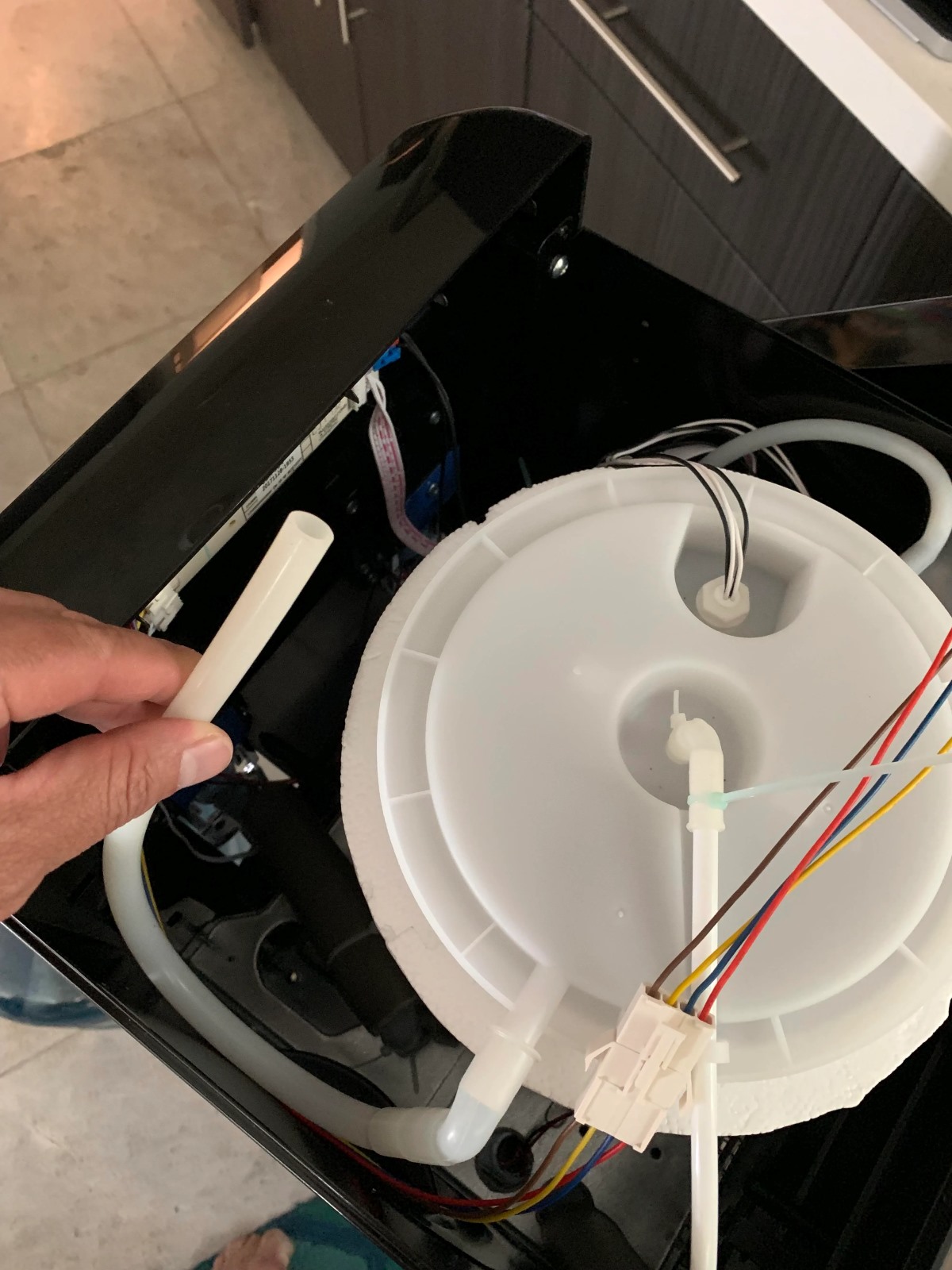
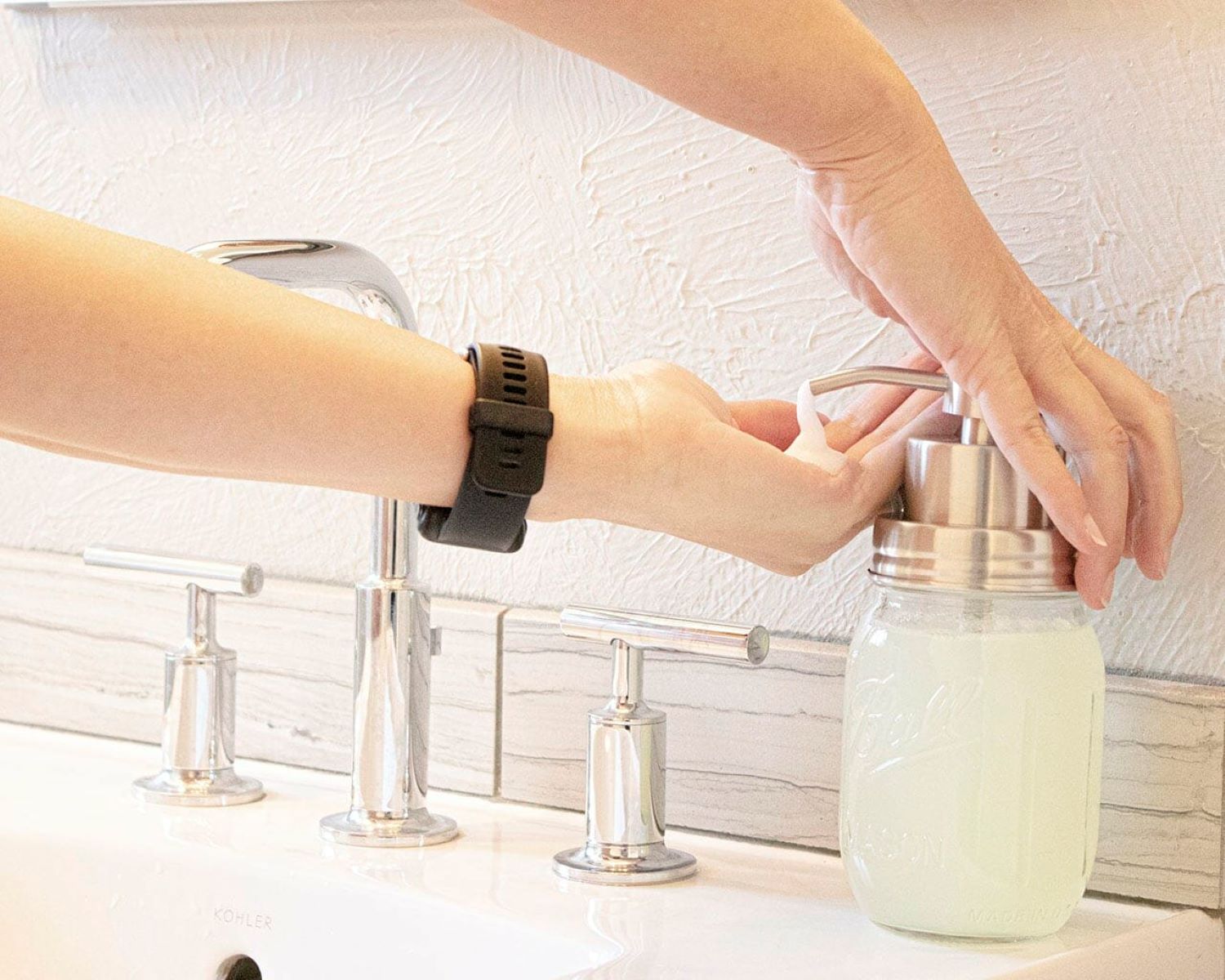
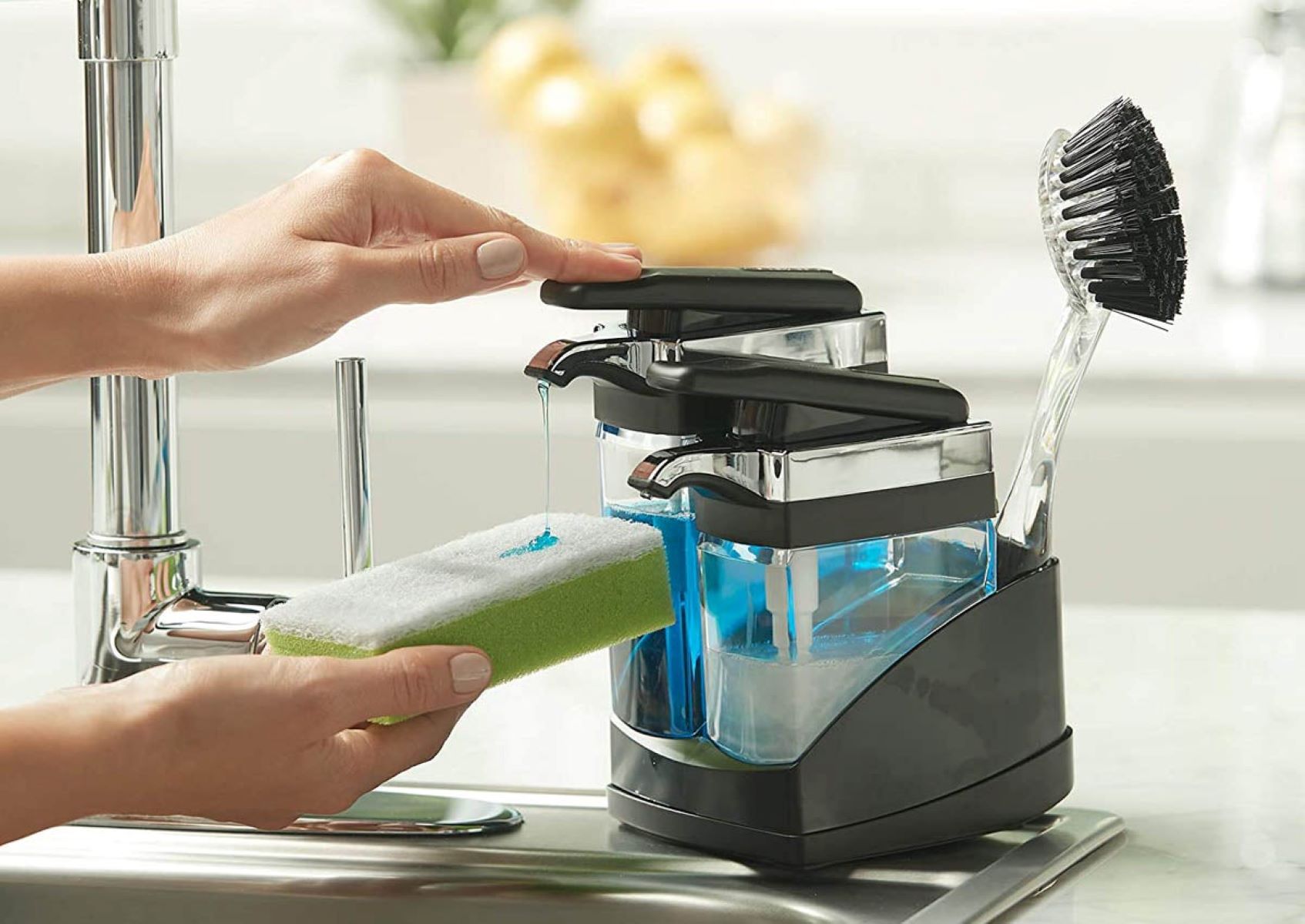
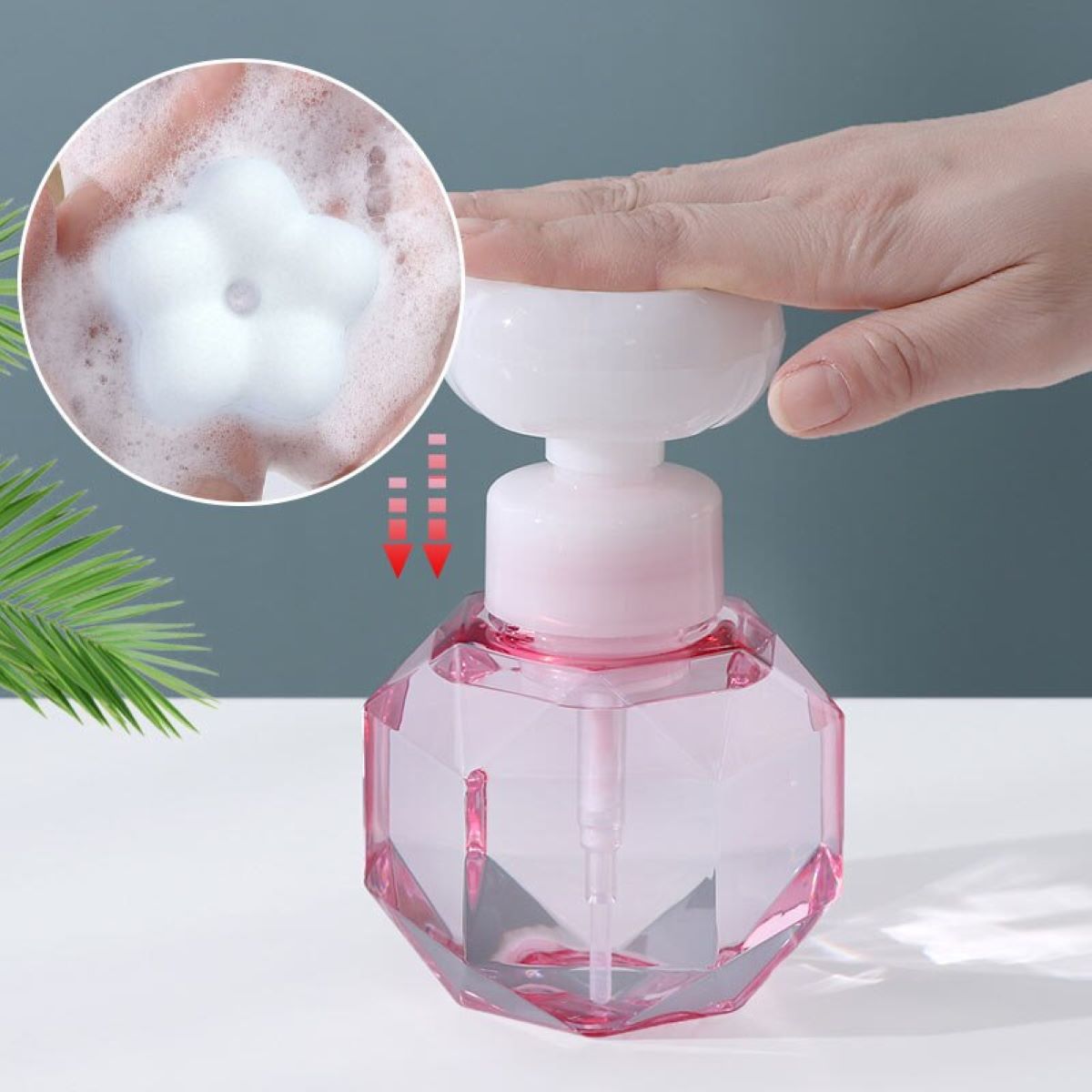
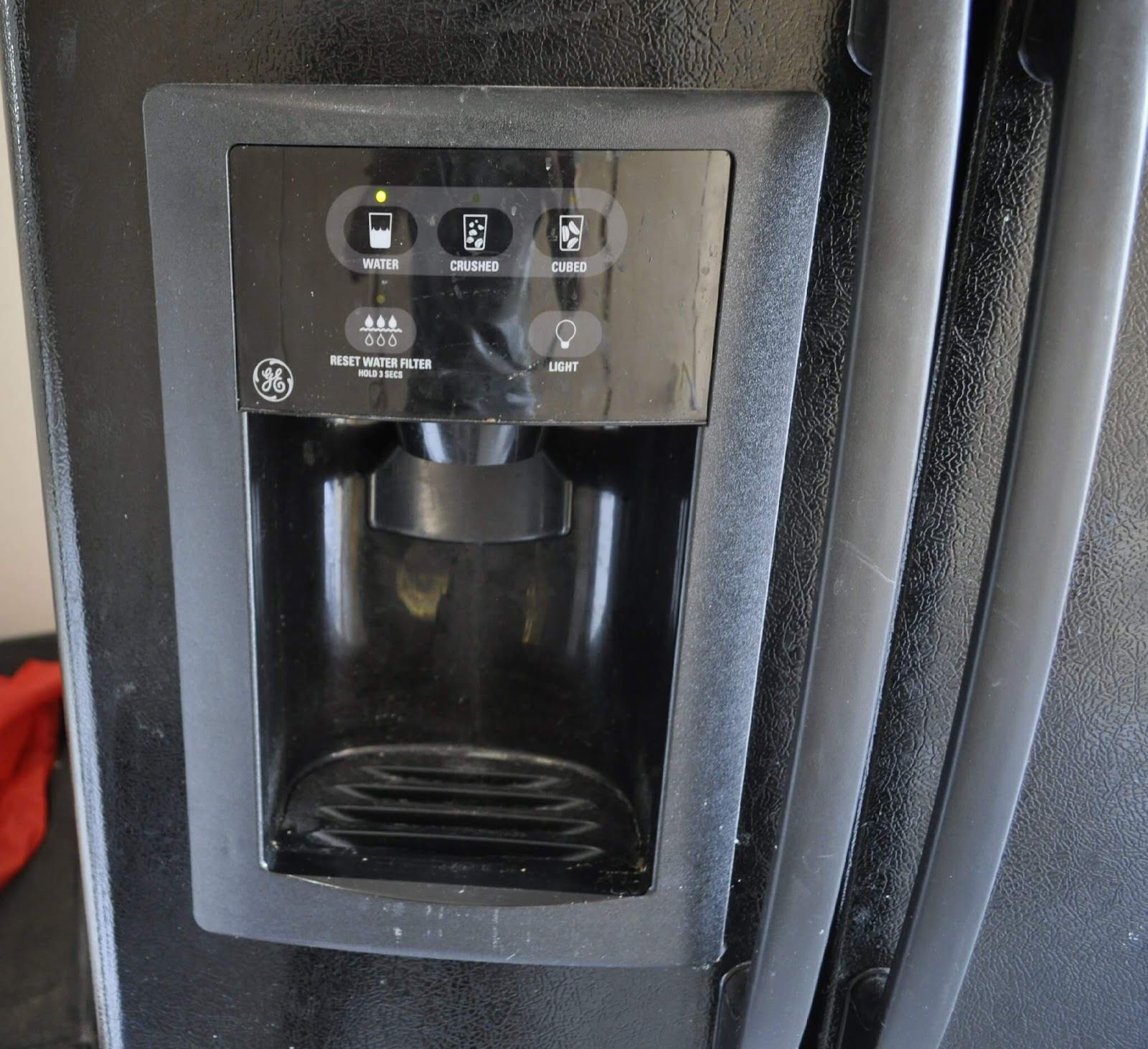
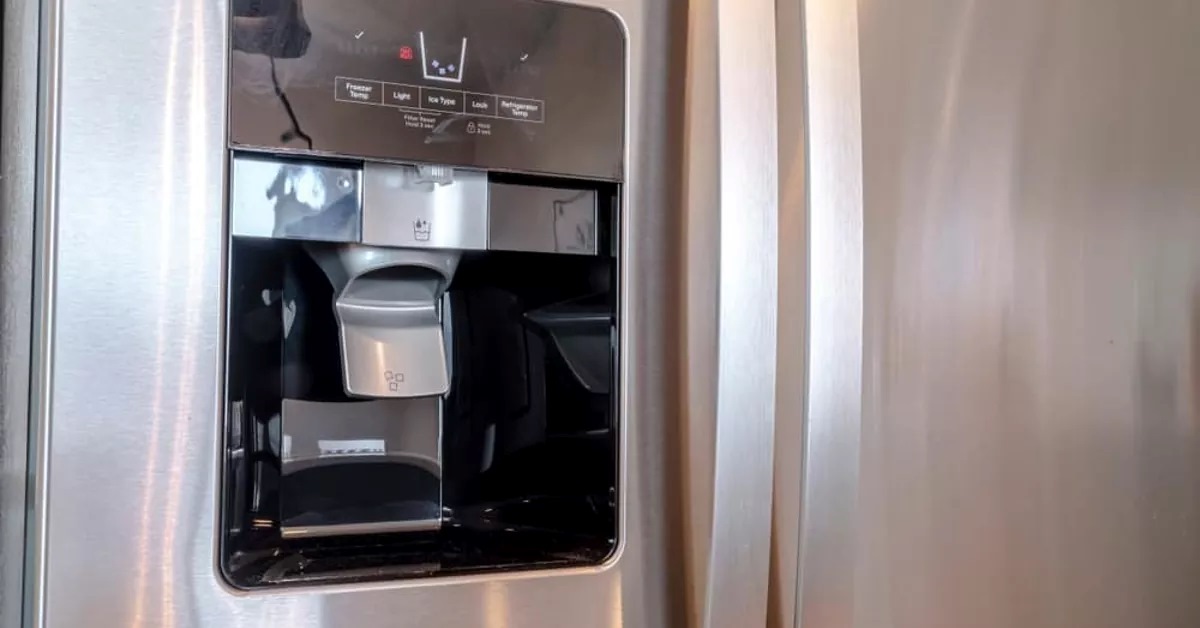
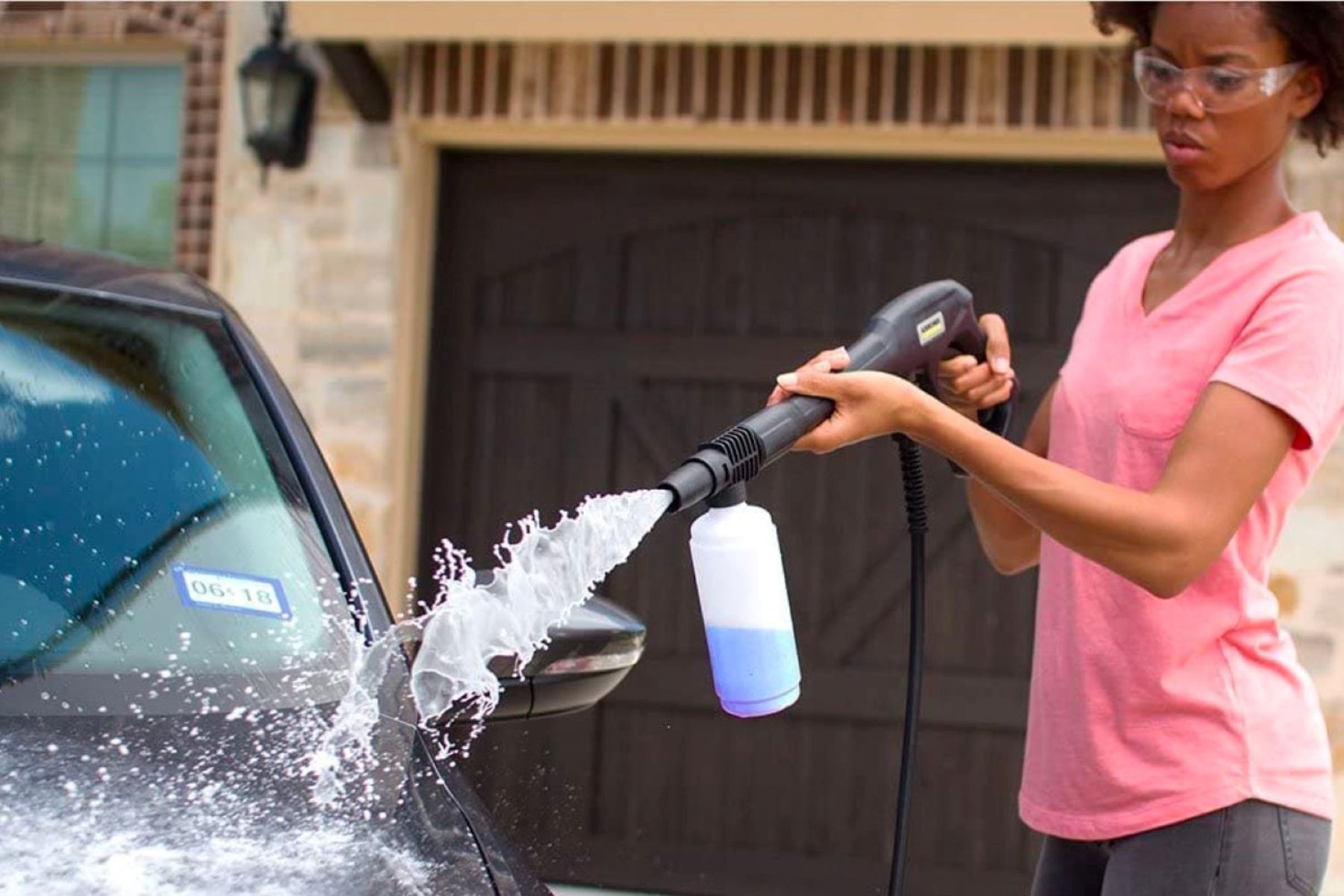
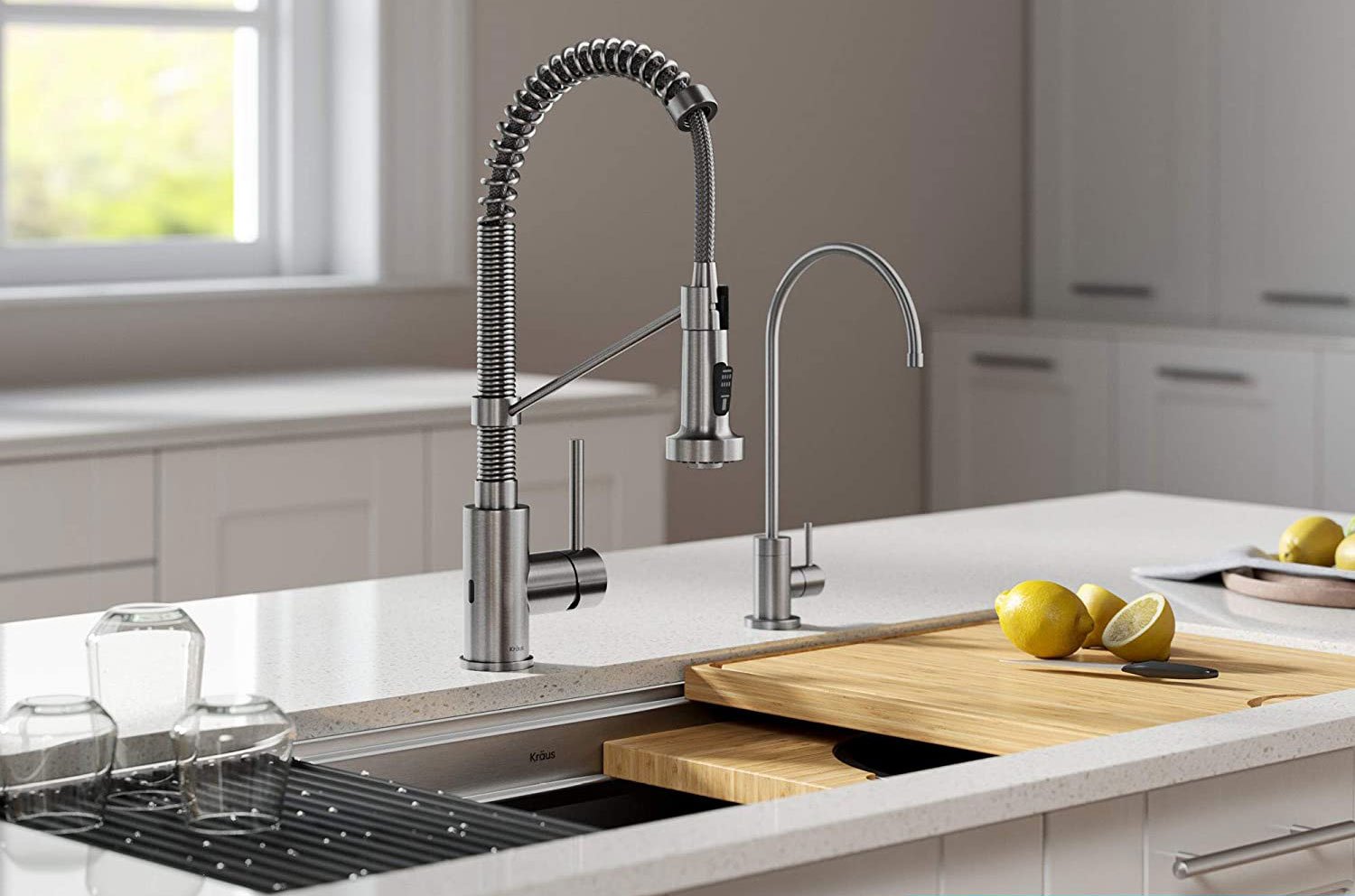
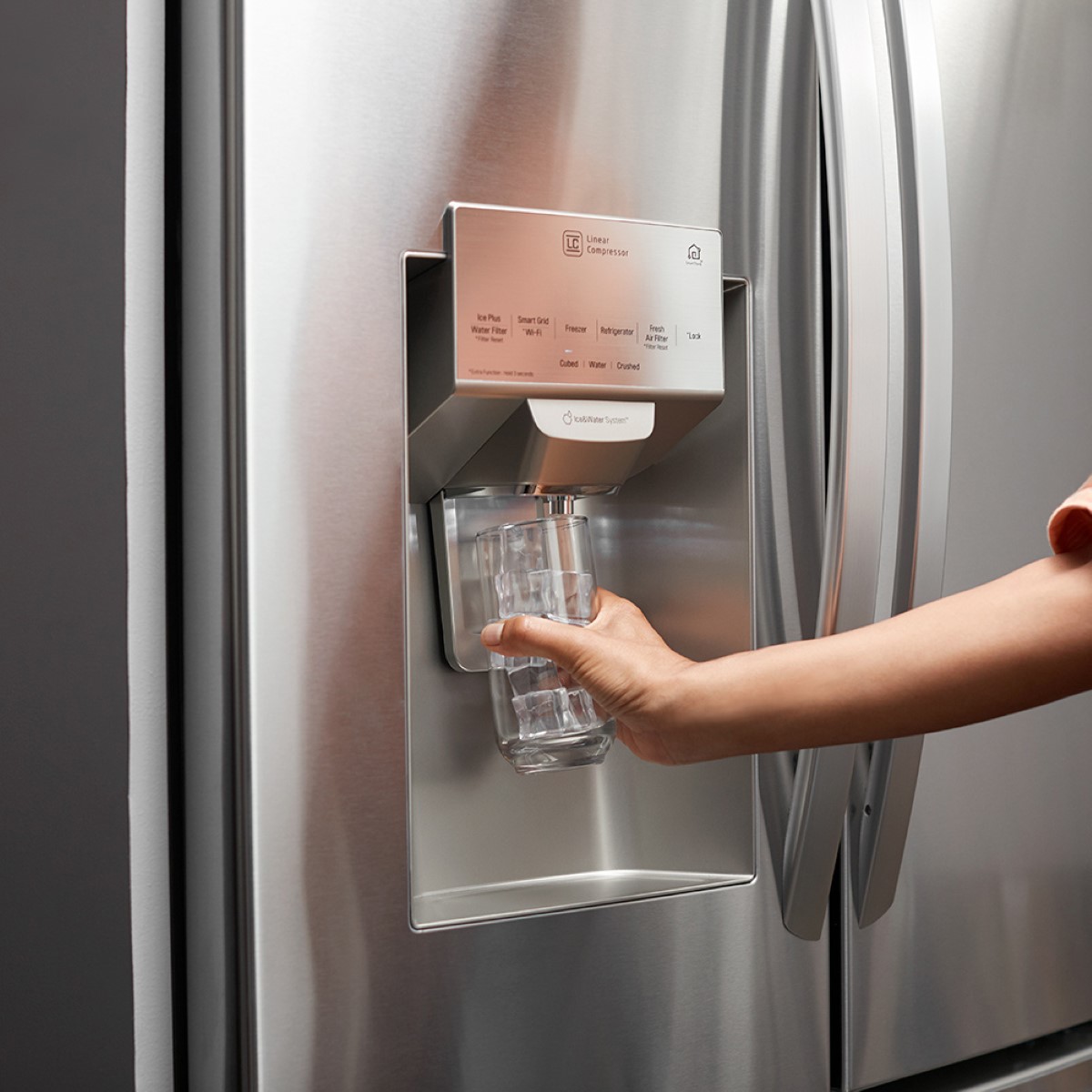

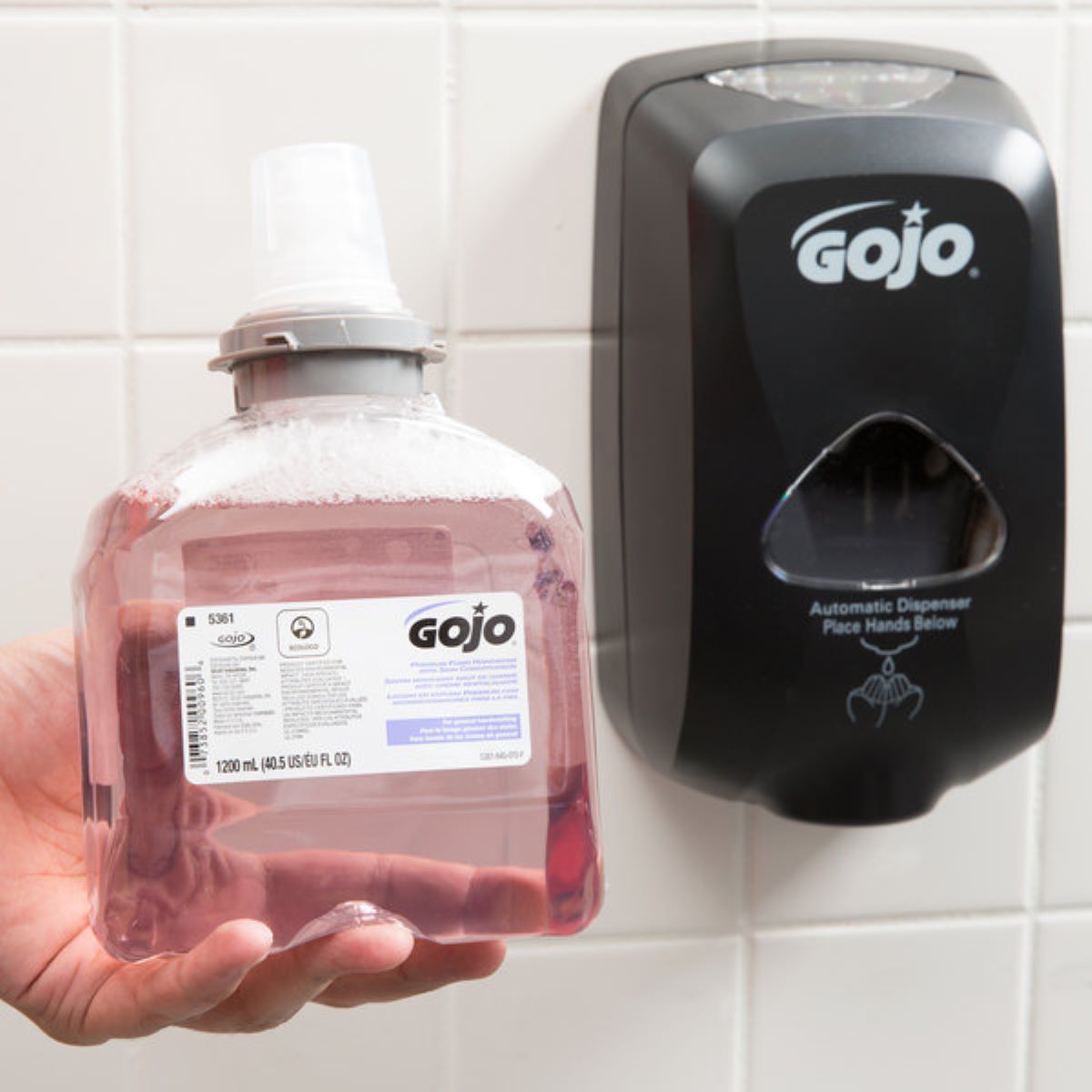
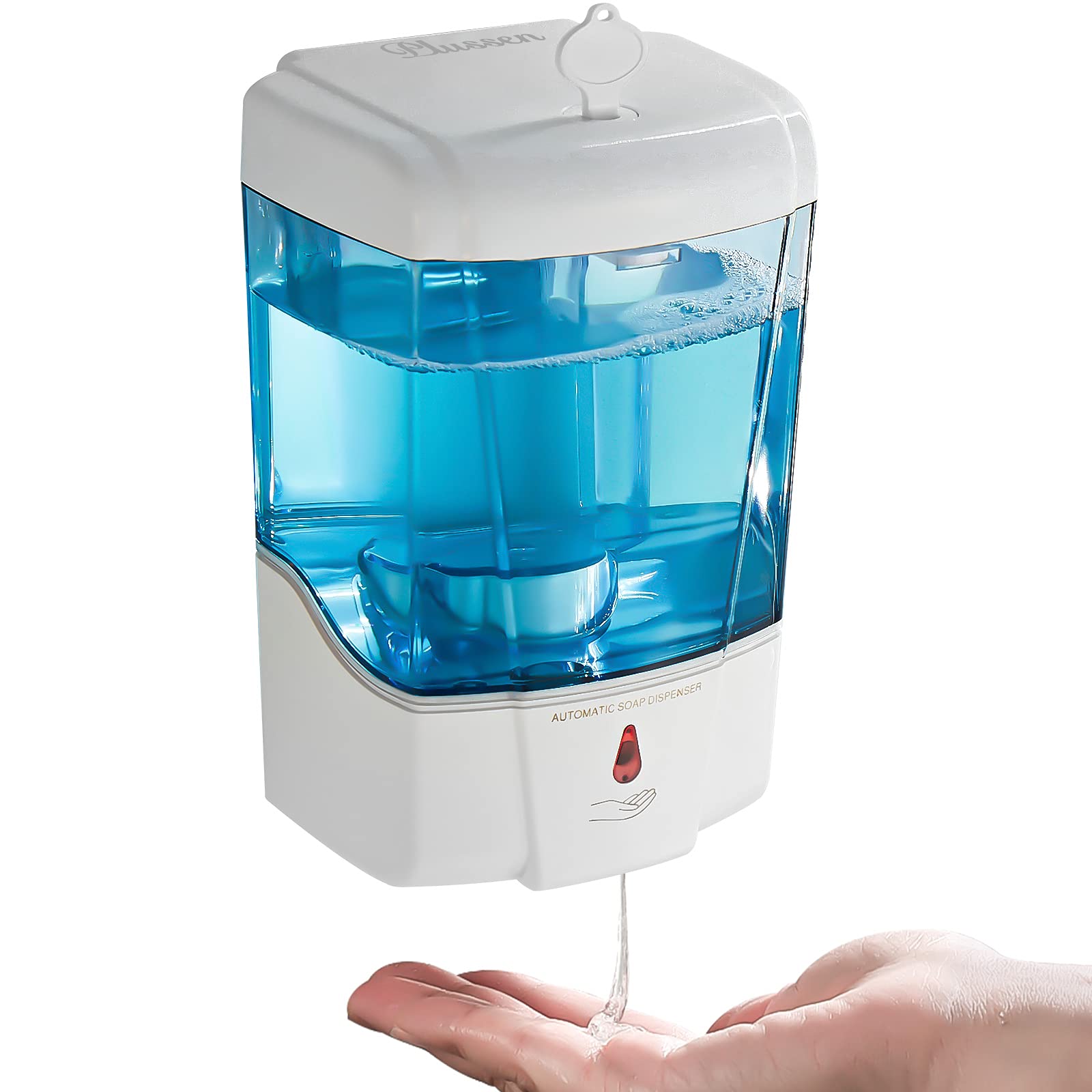

0 thoughts on “Why Is My Touchless Soap Dispenser Not Working?”